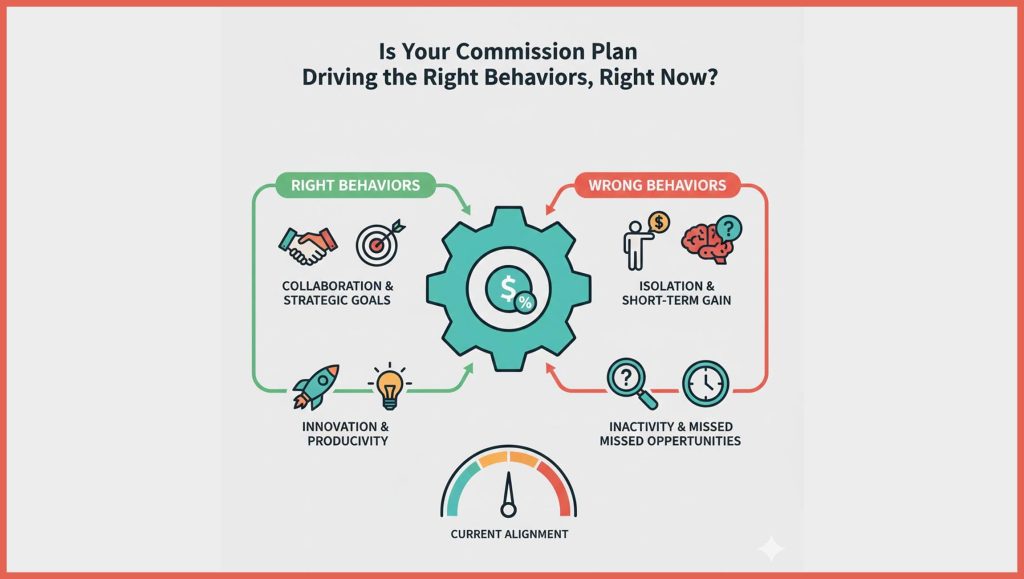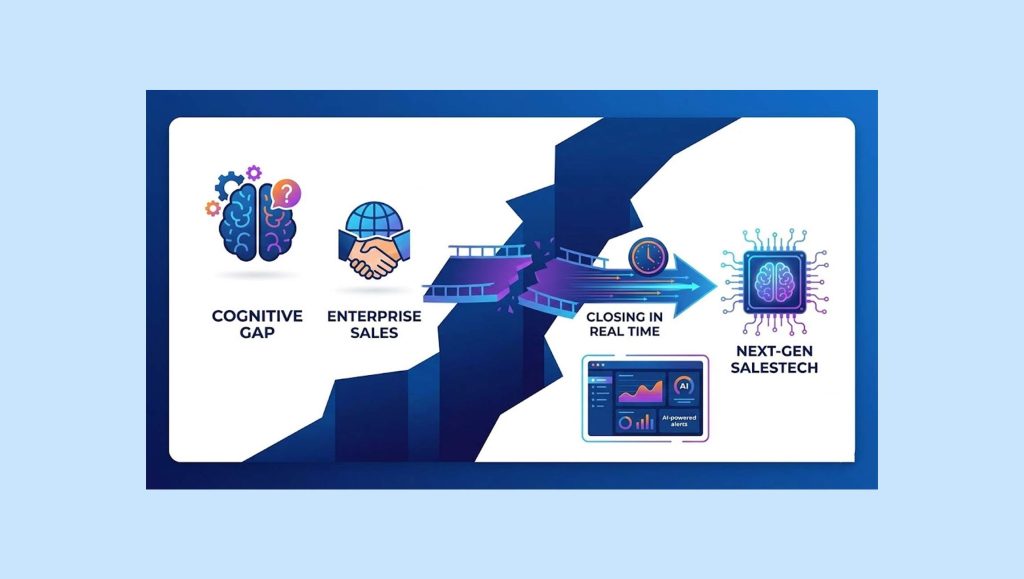In today’s global market, customer satisfaction is the key to success for any business. Companies that understand the importance of customer success metrics and use them effectively have a significant competitive advantage. Leading brands and teams understand that customer success metrics can help them gain valuable insights into customer behaviour, preferences, and needs. Here are some best practices for monitoring customer success metrics.
Define your Customer Success Metrics
The first step in monitoring customer success metrics is to define what success means to your organization. This can be different for each company, depending on its goals, industry, and target audience. For example, customer satisfaction, retention rates, and net promoter score (NPS) are popular metrics businesses use to measure success.
Align Metrics with Business Goals
Once you have identified your customer success metrics, aligning them with your business goals is essential. For example, if your company aims to increase customer retention, you should track churn rate, customer lifetime value (CLTV), and repeat purchase rate. You can measure progress and make data-driven decisions by aligning your metrics with your goals.
Use Multiple Metrics
Using multiple metrics to gain a holistic view of customer success is crucial. However, relying on a single metric can be misleading, and analysing data from different sources is essential. For example, if your NPS score is high but your churn rate is also high, it indicates that customers are satisfied with your product but not loyal. Using multiple metrics, you can identify the root cause of the problem and take corrective actions.
Monitor Metrics Regularly
Monitoring customer success metrics regularly is crucial to identify trends and patterns. Real-time monitoring can help you identify issues and take corrective actions before they become significant problems. For example, if you notice a sudden drop in customer satisfaction, you can quickly investigate the cause and take corrective measures.
Track Metrics Across Different Channels
Today’s customers interact with brands across multiple channels, including social media, email, chat, and phone. Therefore, tracking customer success metrics across all these channels is essential to gain a complete view of customer behaviour. For example, if customers complain about a product defect on social media, it is essential to address the issue promptly to avoid negative brand perception.
Read More: SalesTechStar Interview with Eran Holland, Chief Product Officer at HungerRush
Use Automation Tools
Manual monitoring of customer success metrics can be time-consuming and prone to errors. Therefore, it is recommended to use automation tools to streamline the process and ensure accuracy. For example, using tools such as Salesforce, HubSpot, or Zendesk can help you automate data collection and analysis, saving time and effort.
Analyse Metrics to Identify Patterns
Analysing customer success metrics can help you identify patterns and trends. This can help you gain valuable insights into customer behaviour and preferences. For example, if customers repeatedly ask for a particular feature, it indicates a gap in your product offering that needs to be addressed.
Benchmark Against Industry Standards
Benchmarking your customer success metrics against industry standards can help you identify areas of improvement. For example, if your customer satisfaction score exceeds the industry average, you must improve your product or service offering. Benchmarking can also help you set realistic goals and track progress over time.
Share Metrics Across Teams
Sharing customer success metrics across teams can help create a culture of customer-centricity. It can also help different departments understand how their actions impact customer success. For example, sharing NPS scores with the product team can help them understand the impact of their product development efforts on customer satisfaction
Use Predictive Analytics
Leading brands and teams use predictive analytics to anticipate customer needs and behaviour. Predictive analytics involves analysing data from multiple sources, including customer, social media, and website data, to identify patterns and trends. By using predictive analytics, companies can gain insights into customer preferences, identify cross-selling and upselling opportunities, and improve customer retention.
For example, Amazon uses predictive analytics to recommend products to customers based on their browsing and purchase history. The company’s recommendation algorithm is so effective that it accounts for up to 35% of its revenue.
Measure Customer Effort Score (CES)
Customer Effort Score (CES) measures how easy it is for customers to interact with your brand. It is calculated by asking customers how much effort they put in to resolve an issue or complete a task. Leading brands and teams use CES to identify areas where they can improve customer experience and reduce customer churn.
For example, Apple uses CES to measure the ease of use of its products and services. As a result, the company’s products are known for their simplicity and ease of use, contributing to its high customer loyalty.
Use Real-Time Feedback
Real-time feedback involves collecting feedback from customers immediately after interacting with your brand. This can be done through surveys, feedback forms, or chatbots. Real-time feedback can help you identify issues and take corrective actions promptly.
For example, Airbnb uses real-time feedback to gather feedback from guests immediately after they check out. The company’s feedback system is so effective that it has helped it achieve a 4.8-star rating out of 5.
Use Customer Journey Mapping
Customer journey mapping involves visualizing the customer journey from start to finish. It involves identifying touchpoints, pain points, and opportunities to improve the customer experience. Leading brands and teams use customer journey mapping to gain a holistic view of the customer experience and identify areas of improvement.
For example, Starbucks uses customer journey mapping to improve its customer experience. The company’s mobile app allows customers to order and pay for their drinks in advance, reducing wait times and improving the customer experience.
Monitor Social Media Metrics
Social media has become an essential channel for customer interactions. Leading brands and teams monitor social media metrics such as engagement rate, sentiment, and reach to gain insights into customer behaviour and preferences.
For example, Coca-Cola uses social media to engage with its customers and gain insights into their preferences. The company’s social media team responds promptly to customer complaints and uses social listening tools to monitor brand mentions.
Conclusion
Monitoring customer success metrics is essential for any business that wants to succeed in today’s global market. By defining metrics, aligning them with business goals, using multiple metrics, monitoring regularly, tracking across different channels, using automation tools, analysing data, benchmarking against industry standards, sharing across teams, and taking action, you can gain valuable insights into customer behaviour and preferences. As a result, leading brands and teams understand the importance of customer success metrics and use them effectively to gain a competitive advantage.
Read More: Breaking down the role of Business Development Executives





















